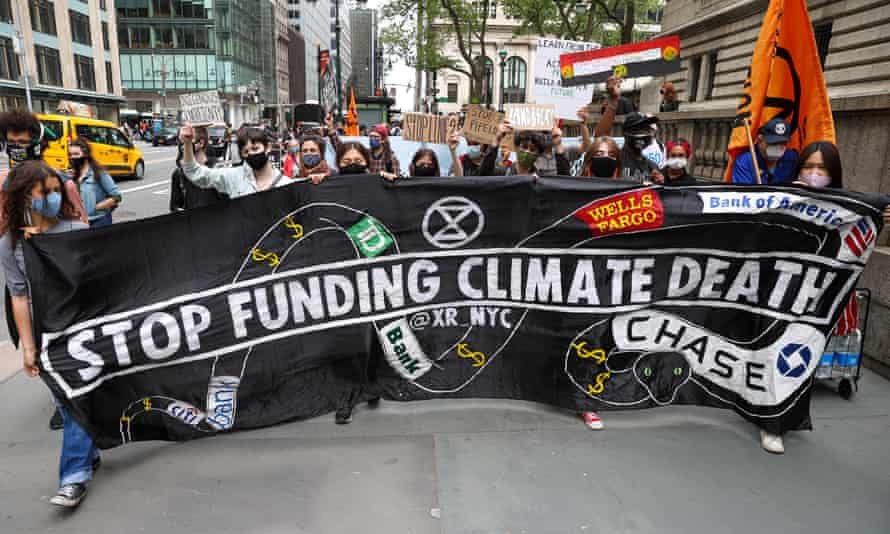Turns out, reality is at odds with itself.
By Brad Bergan Sep 01, 2021

A 3D generated background of abstract spiral patterns.
Someone once said: "The world is all that is the case."
But, is it?
Researchers performing a long-awaited experiment created different realities that are irreconcilable, proving that objective facts can be made to exhibit properties that cannot cohere, according to a recent study shared on a preprint server.
Sound confusing? You're not alone in thinking so, as this all involves some pretty complicated physics. But in short, the takeaway is this: Reality is at odds with itself.
Two facts, no ultimate reality
Nobel Prize-winner Eugene Wigner described a thought experiment in 1961 that highlighted an uncommon paradox of quantum mechanics. Specifically, it reveals the strangeness of the universe when two observers, like Wigner and his friend, observe two distinct realities. Since the thought experiment, physicists have used it to explore the very nature of measurement, in addition to the bizarre idea of whether objective facts actually exist or not. This is a pretty crucial feature of science, since empirical inquiry works to establish objective facts.
But if there aren't any facts, how can science presume to describe a real world in the first place?
For decades (and philosophically, much longer), this has served as a great bit for entertaining dinner guests, but Wigner's thought experiment wasn't really anything more than that. Until now.
In 2020, physicists realized that recent quantum technology advances had made it possible to create Wigner's Friend test in a real-world experiment. In essence, we can create different realities, and compare them in a lab to see if they can be reconciled, or cohere, in one system. And researcher Massimiliano Proietti of Heriot-Watt University, Edinburgh, along with a handful of researchers, said they performed this long-awaited experiment for the first time: Creating distinct realities, compare-and-contrasting them, and discovering that they are, in fact, irreconcilable.
Wigner's initial thought experiment was simplistic in principle, starting with a single polarized photon that can have either vertical or horizontal polarization, upon measuring. The laws of quantum mechanics hold that a photon exists in both states of polarization simultaneously, in what's called superposition. In his thought experiment, Wigner imagined a friend measuring the state of a photon in a different lab and recording the result while Wigner watched from afar. He has no clue what his friend's measurement is, and is thus forced to assume that the photon and its measurement are in a state of superposition of every possible outcome for the experiment.
Wigner can say, however, that the "fact" of the superposition's existence is real. And, strangely, this state of affairs suggests that the measurement can't have taken place. Obviously, this stands in direct contradiction to Wigner's friend's point-of-view, who just measured and recorded the photon's polarization. He can even call Wigner and tell him the measurement was taken, without revealing the results. This means there are two realities at odds with one another, and it "calls into question the objective status of the facts established by the two observers," explained Proietti and colleagues, in an MIT Technology Review report.
And the new research reproduced Wigner's thought experiment by using entanglement techniques for many particles at the same time.
This is a breakthrough experiment from Prioretti and his colleagues. "In a state-of-the-art 6-photon experiment, we realize this extended Wigner's friend scenario," they added in the report. And it raised some baffling questions that have forced physicists to confront the nature of reality. There might be a loophole to some assumptions that made this unknowable reality conclusion necessary, but if everything holds up to future scrutiny, it turns out reality does not exist.
So the next time your friends think something is or isn't the case, consider interjecting with an argument from quantum physics: they're both wrong, and so are you, because even the simple fact of the disagreement itself is just another illusion.

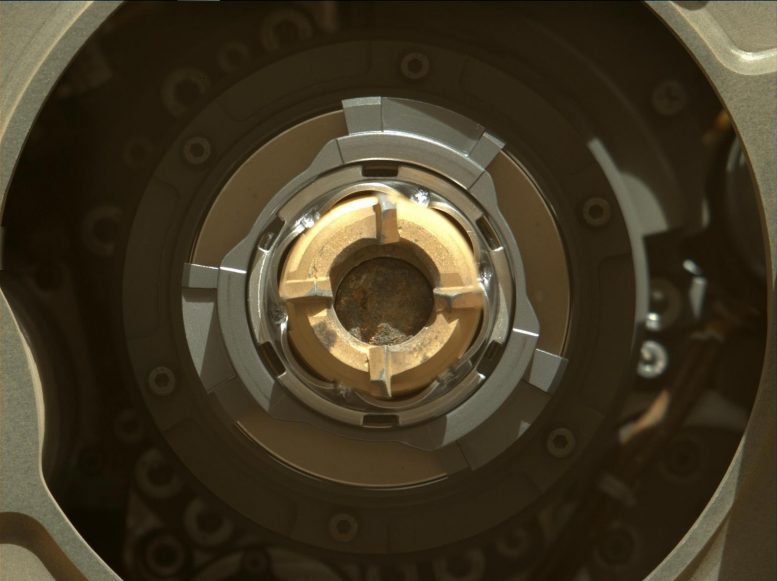

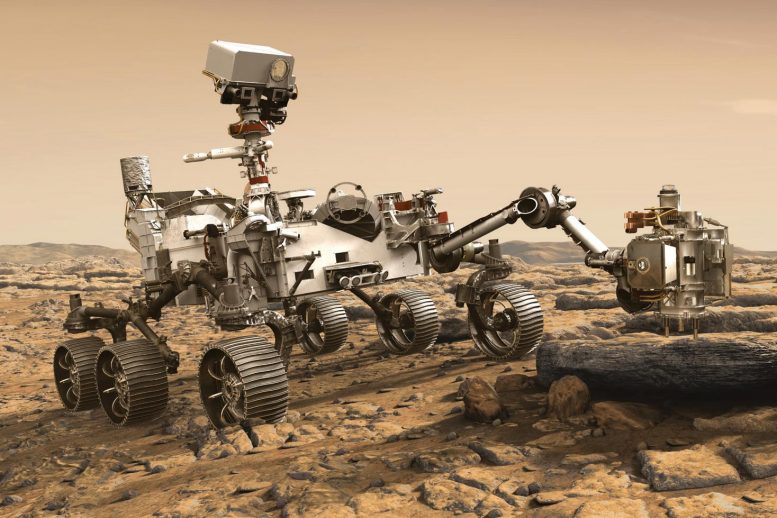




![Australia has stopped short of committing to a timeline for carbon emissions [File: Carla Gottgens/Bloomberg]](https://www.aljazeera.com/wp-content/uploads/2021/09/377958511.jpg?resize=770%2C513)
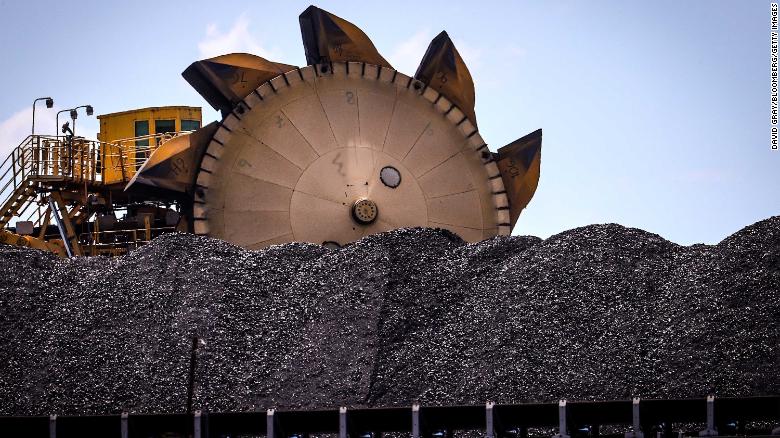





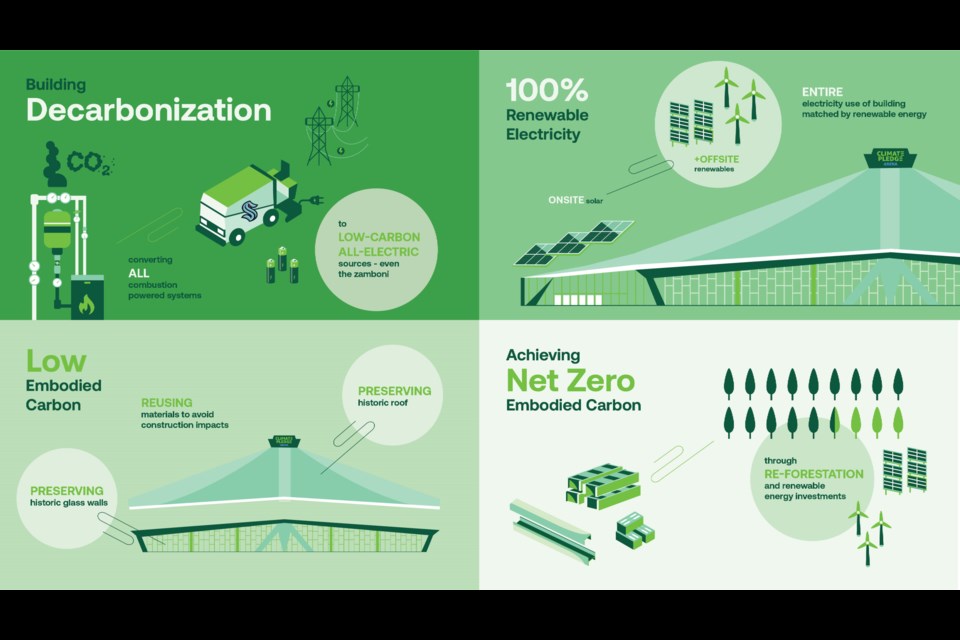

.png)
